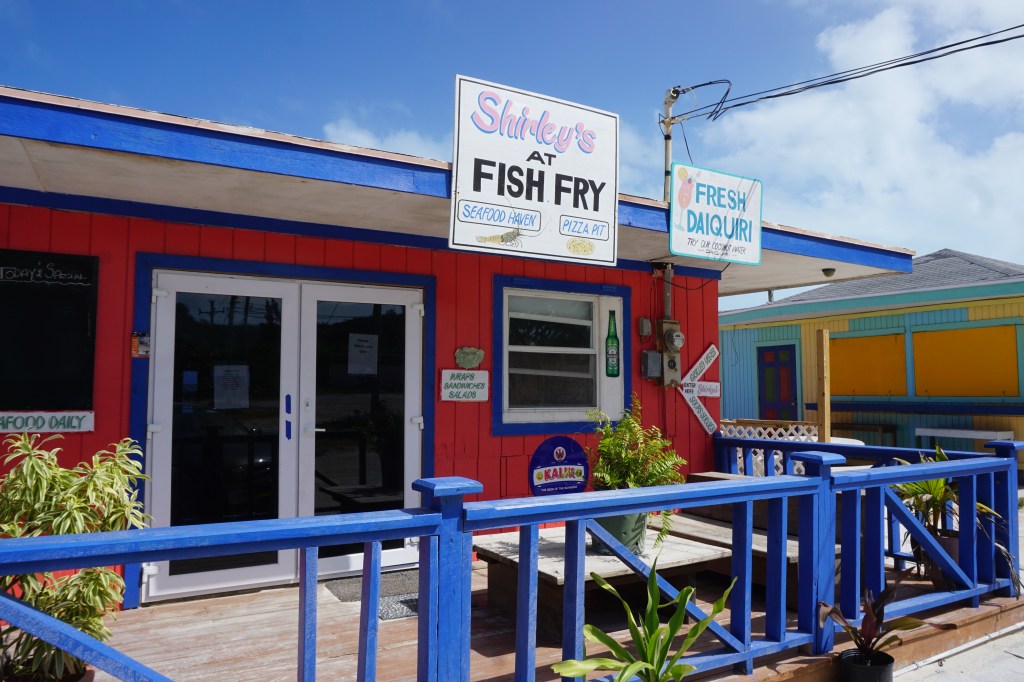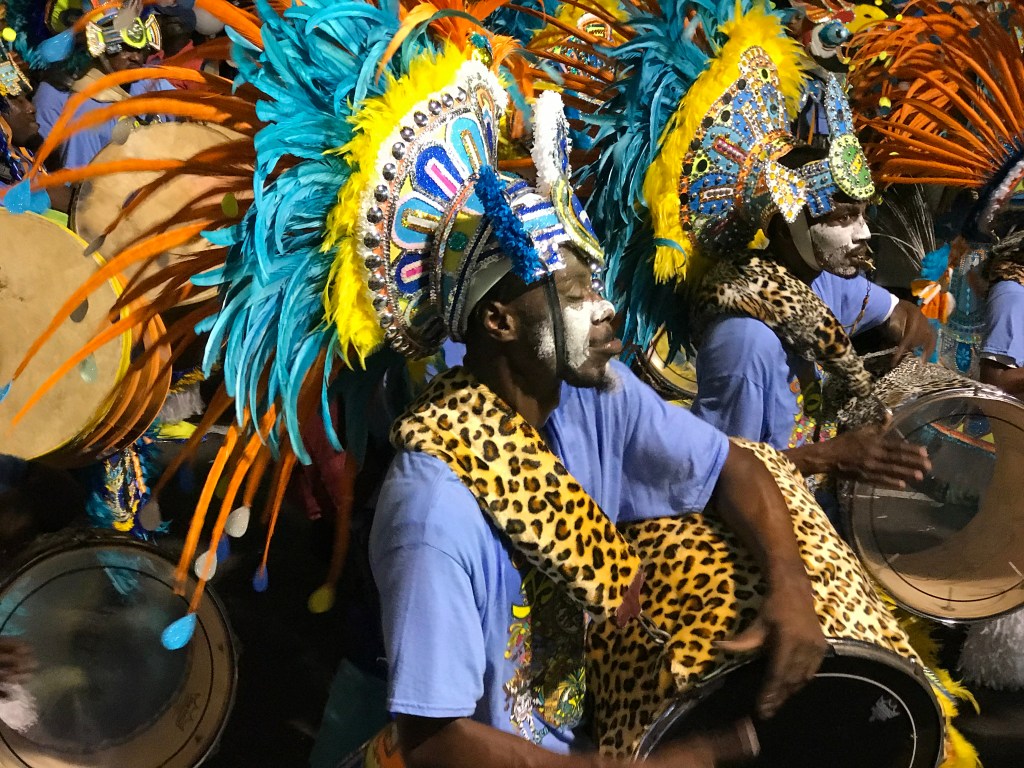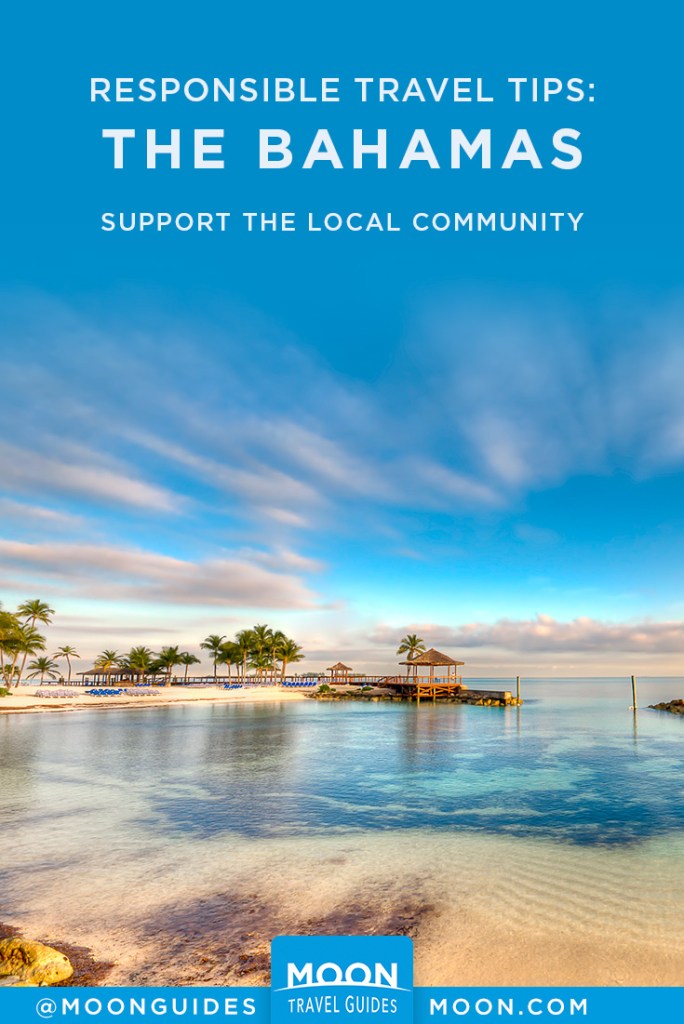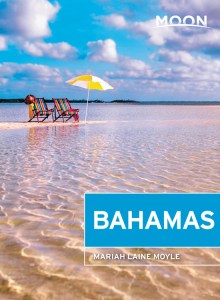Responsible Travel in the Bahamas
Still feeling fired up about the disastrous Fyre Festival? It’s no secret that the failed event impacted the local economy, leaving many Bahamian workers without pay for their labors and the services they provided.
As travelers, we can do better. Here are some ways to visit the Bahamas responsibly, experience the true spirit of the islands, and give back to the local community.

Feast on traditional Bahamian food:
A few simple huts serving traditional Bahamian food make for a tasty, authentic experience. In even the smallest settlements throughout the country, a collection of open-air lean-to establishments huddle on the waterfront near the docks, where the catch comes in to be cleaned in the shade of a wooden roof. The fish fry is typically the social pulse of the community, with regular gatherings on specific days of the week. The community comes out in force to catch up on local “sip sip” (gossip), throw back a few beers, and let loose with energetic rake-and-scrape music.
As with most Bahamian food, it’s neither light nor heart-healthy, but it is tasty, and every shack has its own version of native dishes, each with a loyal following. The “fish” can refer to any number of varieties, including whole fried lane snapper, in which the tail and head are attached; the eyes and brain are coveted, and picking the bones is a leisurely task, not to be rushed. Grouper, jack, hogfish and barracuda (I don’t advise eating barracuda, as it is subject to ciguatera, a fish toxin that can cause illness) are also served, as well as conch salad and conch fritters, lobster (also called crawfish), and meat dishes. If you want to experience hanging out with Bahamians in a friendly environment, a local fish fry is the spot.
Explore the Bahamas with a local by your side:
The Bahamas is known for beautiful beaches, turquoise water, and ever-present sunshine. But what makes the Bahamas genuinely special is the warm and inviting nature of its people. Launched in 1975, the People-to-People Program is a free service offered by the Ministry of Tourism that connects visitors with Bahamians to experience this remarkable country from a local’s perspective. The program hosts around 5,000 visitors each year, and many participants create lifelong friendships.
Prior to your visit, complete a registration form with the Ministry of Tourism. You will then be connected with the ambassador directly so you can arrange activities—typically a meal with the host family, trips to the beach or a local hot spot, or a tour of the island. Not only do visitors enjoy this interaction, but the Bahamian volunteers are equally enthusiastic to show off their homeland with pride and learn about another culture in return. Both parties have interesting and enriching interactions they wouldn’t otherwise have.

Experience the energy and culture of Junkanoo:
Junkanoo (downtown Nassau, Dec. 26 and Jan. 1) is an authentically Bahamian parade rivaling any Carnival or Mardi Gras celebration in the world. It is the pulse of the islands, and Bahamians are positively passionate about their Junkanoo celebration. Intricate and intensely colorful costumes are handmade of papier-mâché, crepe paper, ribbon, and beads, and large floats are constructed using Styrofoam and plywood. Each of the six major groups, with nearly 1,000 people, has a different theme each year. The excitement builds throughout the evening, and the parade can last into the early hours of the morning. The energy that flows as you witness this spectacle is contagious. Marching bands with horns, goatskin drums, whistles, and cowbells ensure that every spectator is in nonstop motion. Choreographed dancers spin cartwheels and flip batons, enlivening the setting. Judges vote on best music, costumes, and best overall presentation. Local businesses sponsor the groups. There are Junkanoo celebrations in Grand Bahama, Harbour Island, Bimini, Exuma, and Abaco, but the largest celebration by far is the Nassau festival.
Visit the Educulture Junkanoo Museum to learn more about the festival, its tradition, and its heritage, and to view retired costume pieces.
Buy souvenirs that directly support the community:
Straw crafts are an integral part of Bahamian heritage that is still alive and flourishing today. It is a traditional, creative, and sustainable practice that allows communities throughout the islands to maintain entrepreneurial integrity and independence. It has been told that for generations, families in communities such as Cat Island, Long Island, Eleuthera, and Exuma often plaited straw late into the night by lantern and candlelight, telling traditional stories and thereby preserving the folklore of Bahamian heritage.
Straw crafts are typically made from the dried fronds of the silver thatch palm, coconut palm, and sisal plant and are used to create floor coverings, placemats, serving trays, baskets, hats, handbags, shoes, and even clothing. Traditionally straw products were used by Bahamians in a purely utilitarian sense. It wasn’t until Eunice Albertha Brown of Fox Hill, Nassau, began selling straw goods to visitors in 1936 that a link between Bahamas tourism and the Bahamian straw industry was established. By the 1950s, an entrepreneurial network that connected New Providence to the Out Islands was developed, allowing trade between the islands and promoting much needed trade income in even the smallest settlements. Although you can find many straw crafts in the capital, you will also find locals selling their wares throughout the Bahamas.
Related Travel Guide:
Pin it for Later

